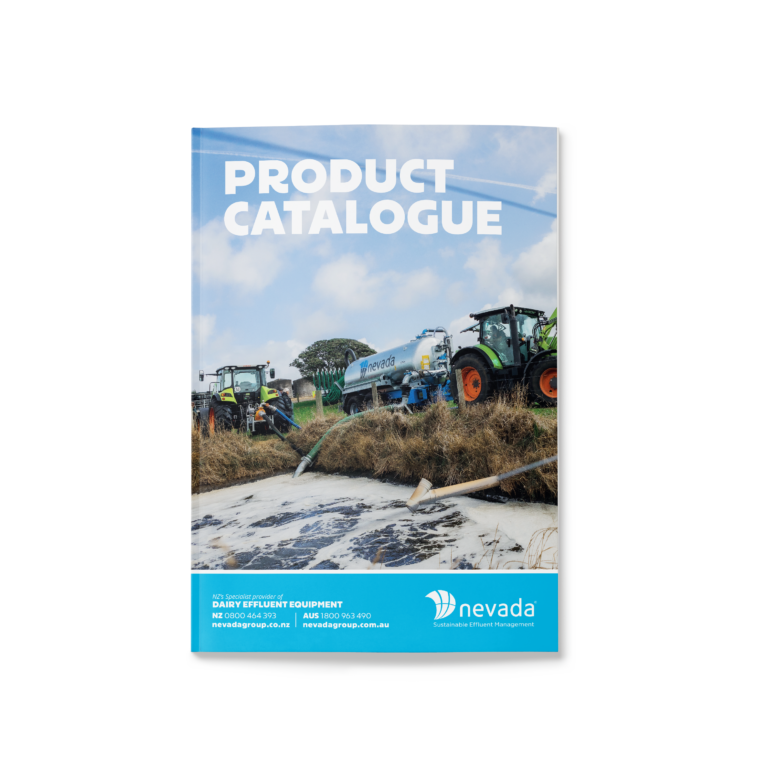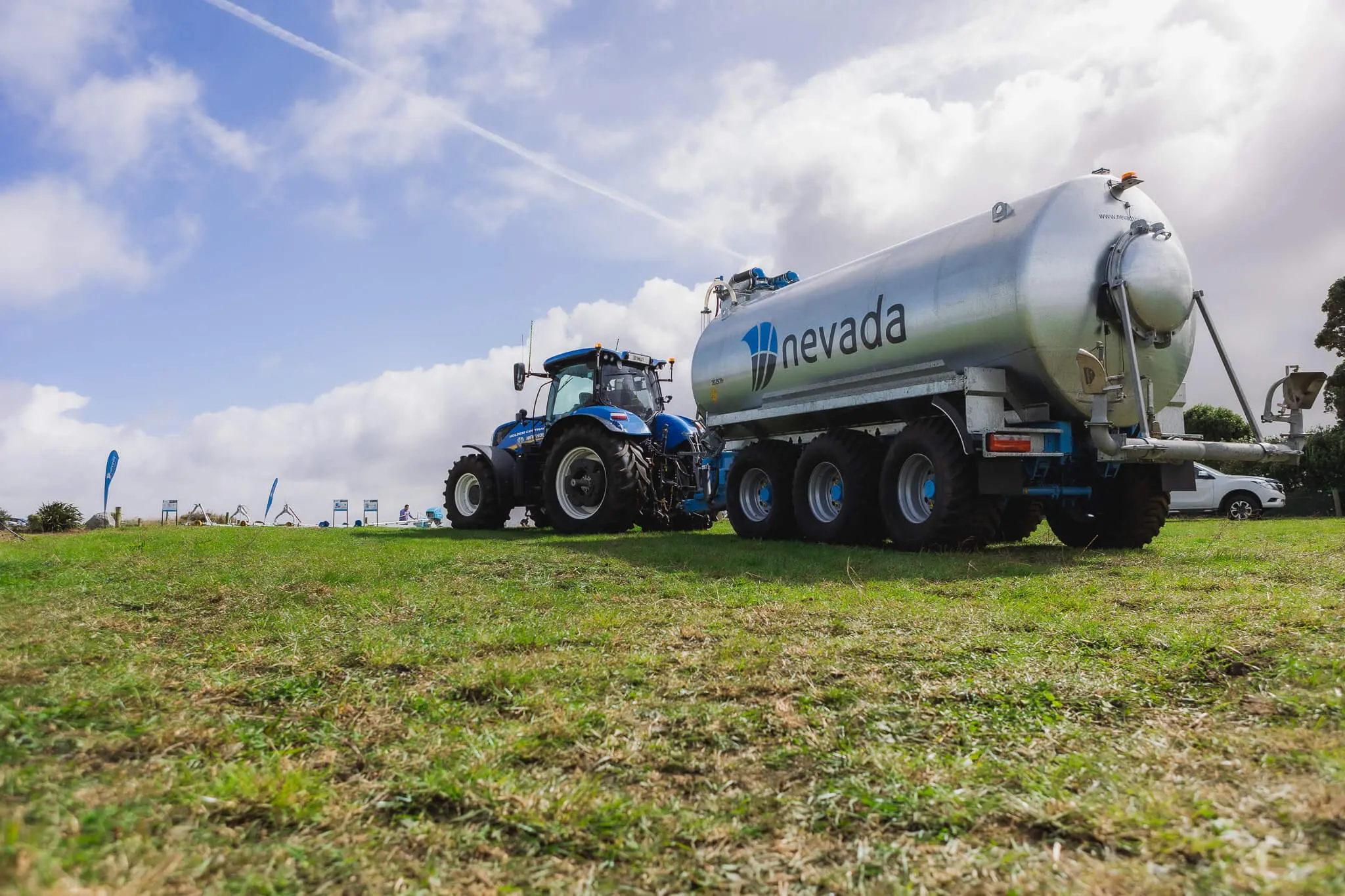- Sustainable Effluent Management
It’s not! By changing how you view and use farm dairy effluent (FDE), you can improve your farms soil health and inturn increase profit on your dairy farm.
Let’s dive into soil biology – the fascinating world beneath your boots. Your soil is teeming with life, from bacteria and fungi to earthworms and arthropods. These tiny workers play a vital role in maintaining soil health and fertility. When you apply effluent to your pasture, you’re feeding these organisms, enhancing their activity, and, in turn, boosting your soil’s health and productivity.
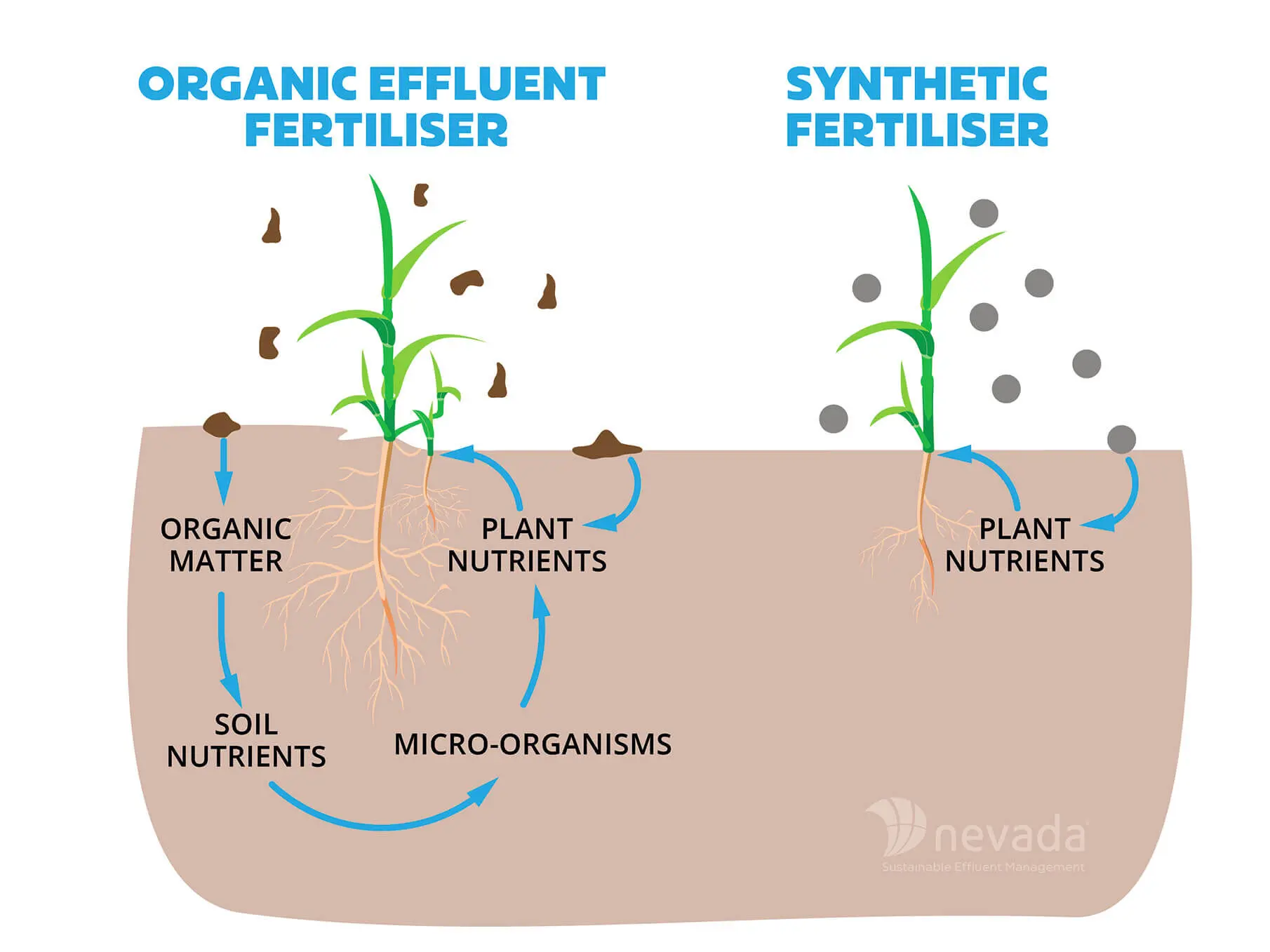
Think of effluent not as a waste product but as a liquid treasure chest. It’s packed with nutrients that can significantly improve your soil’s biology. Healthier soil means better pasture production now and for years to come. Plus, spreading effluent across your entire farm amplifies these benefits, ensuring all your paddocks get a share of this natural fertiliser.
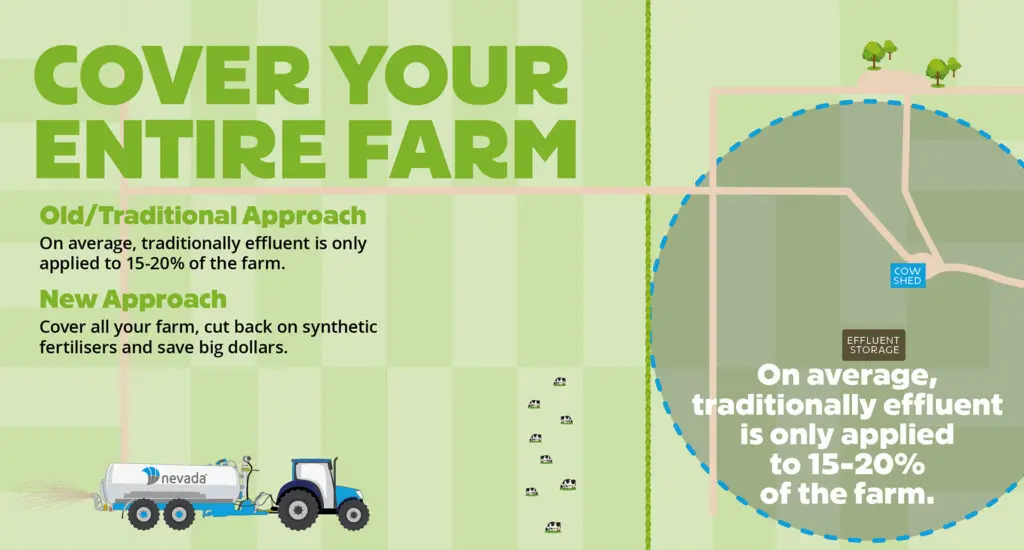
In New Zealand, it’s common for farmers to spread effluent close to the cowshed due to pump capacity, power availability, or the length of the irrigation mainline. But over-irrigating nearby paddocks can harm animal health and miss out on the full benefits of effluent. By spreading it across your entire farm, you can reduce or even eliminate the need for synthetic fertilisers.
Here’s where it gets exciting: One large dairy farmer in the Hawkes Bay has slashed over $200,000 per year on fertiliser costs by spreading effluent using a slurry tanker. Imagine what those savings could do for your operation! Utilising FDE effectively is not just an environmentally sound choice – it’s a smart financial move to increase profit.
One of the best ways to spread effluent evenly across your farm to increase profit is with a slurry tanker. These versatile machines can handle everything from heavy slurry to more liquid effluent. They allow for low application rates and provide proof of placement, ensuring you’re applying nutrients precisely where they’re needed.
It’s time to shift your mindset: Effluent isn’t waste – it’s a valuable resource. By leveraging this natural fertiliser, you can enhance your soil, cut costs, and boost your farm’s sustainability. Healthier soils lead to more productive pastures and, ultimately, increase profit on your dairy farm.
Have a chat with our team to discuss how we can help improve your farm’s profitability. Call us today on 0800 464 393 and start transforming your effluent into gold to increase profit.
"*" indicates required fields
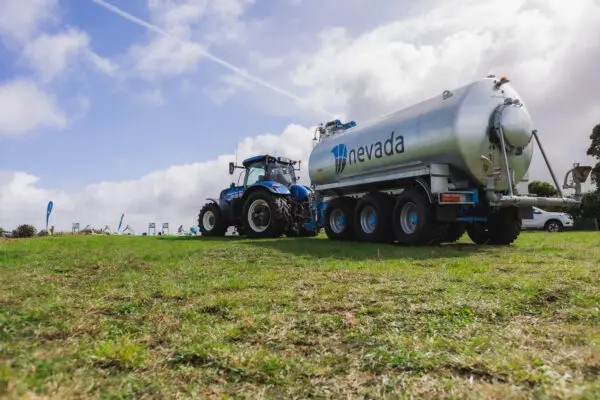
"*" indicates required fields

"*" indicates required fields

"*" indicates required fields
